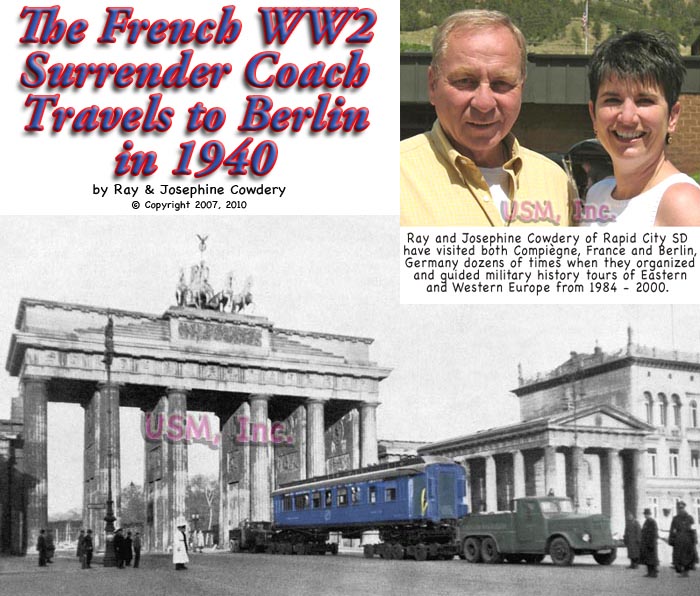The images and text used on this and all other USM web pages are the copyrighted property
of USM Inc. and/or Ray & Josephine Cowdery. Those images and the text may be used by others
ONLY AFTER completion
of a formal international licensing agreement and payment of a licensing fee!
We take nothing in courage, daring or hard work from the 8th Air Force - they were a superb outfit in every way, but so was the 15th Air Force but it also paid an additional price of life in tent camps on muddy dirt roads, horrible weather, crossing the Alps for many targets, and a local language that almost none of the personnel spoke. Yet, the 15th Air Force built a superb record of combat accomplishments by every possible measure. We hope this brief story will give them a tiny bit of the credit due them.
The US 15th Air Force lost over 3,350 aircraft and more than 21,500 15th Air Force airmen were listed as killed, wounded or missing. The 15th Air Force destroyed over 6,500 enemy aircraft and no one will ever be able to calculate the enormous damage that the 15th Air Force inflicted on their enemy targets.
Number 205 Group of the British Royal Air Force was attached to the US 15th Air Force in Italy and was composed of nine squadrons of perhaps 25 planes each. Flying later in the war in concert with the US 15th Air Force and with Vienna as one of their targets were units of the Soviet 17th Air Force from Yugoslavia and the Soviet 5th Air Force from Slovakia.
Ray and Josephine Cowdery are authors of many
books and
articles on military history. For 16 years in the 1980s and 1990s, they took hundreds of American WW2 veterans of all services back to western and eastern Europe on World War I and World War II military history tours. They still travel to Europe several times each year to visit relatives and satisfy their passion for history. They live in the Black Hills with their cat Pussili. They are enthusiastic participants in the
Black Hills Veterans Writing Group.
Shortly after the country of France surrendered in June 1940, Hitler ordered the Wagon Lits Surrender Car moved to Germany to be put on display in the Lustgarten, a park in central Berlin. It was a relatively straightforward process to move the standard European gauge French Surrender Car out of its protective shelter (built for it in the mid 1920s by a generous American, Arthur Fleming, who also paid to have the coach restored) and onto a railway track for inclusion in a train headed for Germany. It was only after arrival of the French Surrender Car in Berlin that the real fun began.
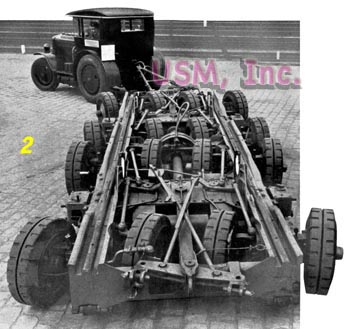
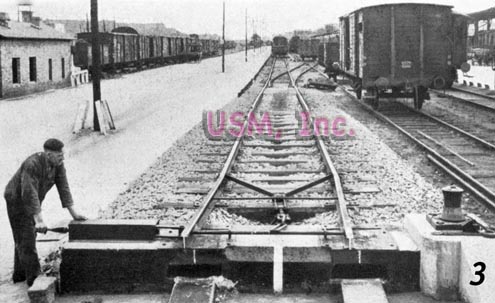
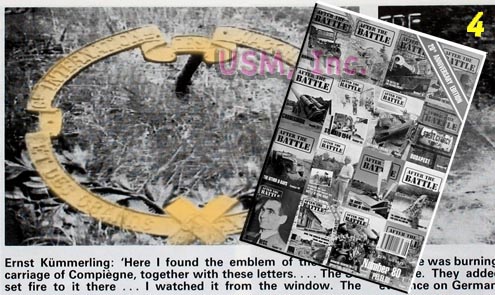
When the army and government of France surrendered to Nazi Germany after only a few days of combat in June 1940, German Chancellor Adolf Hitler decided he had been given an opportunity by providence to humiliate French authorities by requiring them to surrender in the very same Wagon Lits railway coach in which the Germans had been required to sign the Armistice that ended World War I in November 1918. The Wagon Lits rail car number 2419D had originally been part of the personal train of French Marshal Foch.
On 22 June 1940, the French government went from being Germany's enemy to being Nazi Germany's principal collaborator in a short surrender ceremony in the Wagon Lits coach in a clearing in a forest near Compiègne, France. The Germans then allowed the French to move their properly elected national government out of German occupied Paris to the spa town of Vichy, south of Paris in unoccupied France. Charles de Gaulle spent the decade after World War II trying to convince the rest of the world that the WWII "Vichy Government" of France had somehow not been the "real" government of France. "Vichy" and not De Gaulle, had been the only elected government of the country during World War II.
The French Surrender Car had to be diverted to the special siding shown below in photo 3, where it was possible to push it directly onto the rails of two very, very heavy duty, steerable 16-wheel Strassenroller dollies like the one shown in photograph 2 (left).
With low-slung dollies holding up the front and rear of the coach, it could be towed and pushed with powerful trucks (photo at the top of this web page) through the Brandenburg Gate and over Unter den Linden to the Lustgarten where it went on display.
A most interesting aspect to this whole story is a bizarre report in the 20th anniversary issue of AFTER THE BATTLE magazine from 1993.
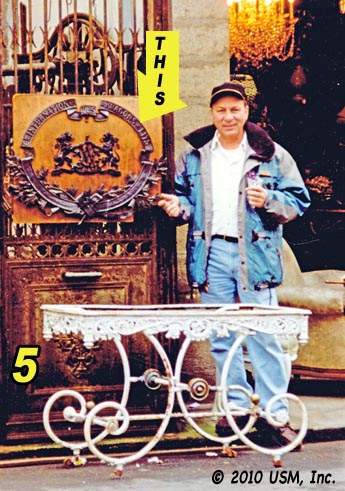
The magazine reported, "In 1945, it [the French Surrender Car] was moved south and disappeared in the Elsterwerda / Grossenhain area of eastern Germany. No one really knew its ultimate fate until ZDF TV in Germany broadcast a program about Führerhauptquartier 'Olga' in Thuringia in October 1991..." AFTER THE BATTLE cited "conclusive evidence" in that issue to prove that the Germans moved the incredibly heavy wreck (the coach was damaged more than once by Allied bombing raids on Berlin) through the crater filled streets of the destroyed German capital early in 1945, sent it far south into Thuringia, and had the SS burn it. The "conclusive evidence" was an obscure German ZDF (TV network) report of an old man who claimed he saw the SS set the car on fire and add fuel to the fire "several times".
Doesn't anyone question this sort of nonsense? So, Germans in the spring of 1945, with their defenses destroyed and the country on the verge of collapse, haul the beat-up old French rail car a great distance into the countryside only to set it afire and then add precious fuel to the fire "several times" right? Probably not.
The picture above in the
AFTER THE BATTLE magazine, mentioned the big circular brass Wagon Lits badge like the one that can be seen on the side of the coach in our top photo in front of the Brandenburg Gate, presumably a relic from the site of the burning of the car in Thuringia.
If you are tempted to believe that, please see photo 5 (right), taken in December 1993 at the flea market at St. Ouen on the north side of Paris, France. It shows one of the authors of this article standing next to a full-size brass Wagon Lits train car logo identical to the one illustrating the
AFTER THE BATTLE article! Anyone with a few bucks could buy all of them he wanted!
Readers will have to decide for themselves if, in the last days of the war the Germans hauled the French Surrender Car across Germany to destroy it, or if, as many German history books say, it was destroyed by Allied bombing as it stood on display in the Lustgarten in Berlin.




